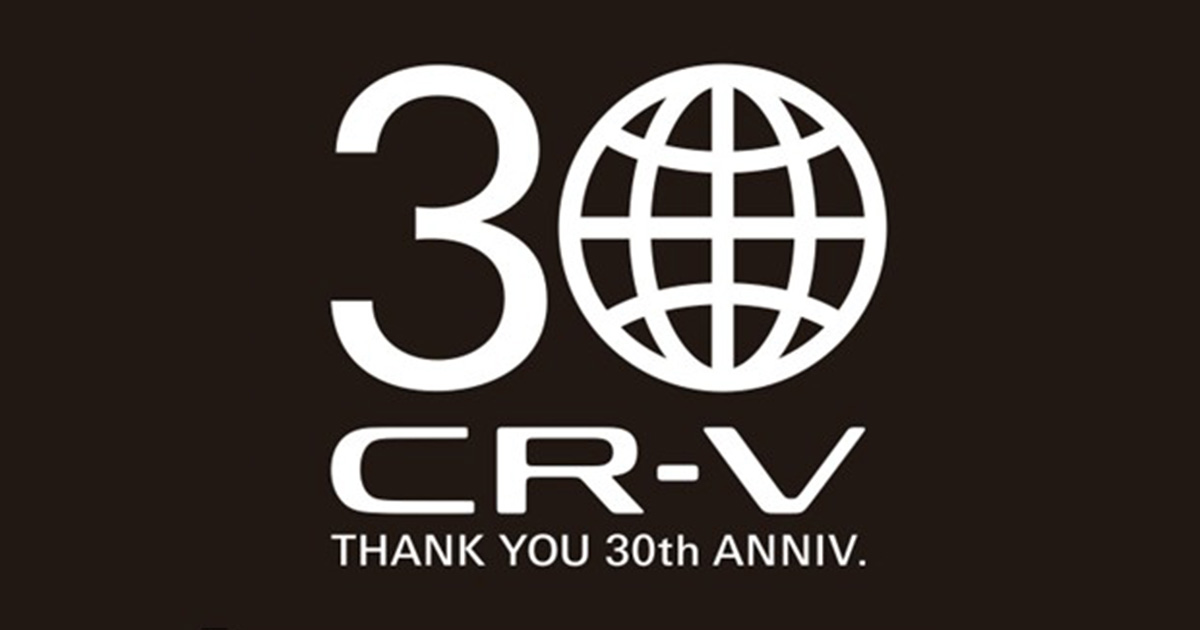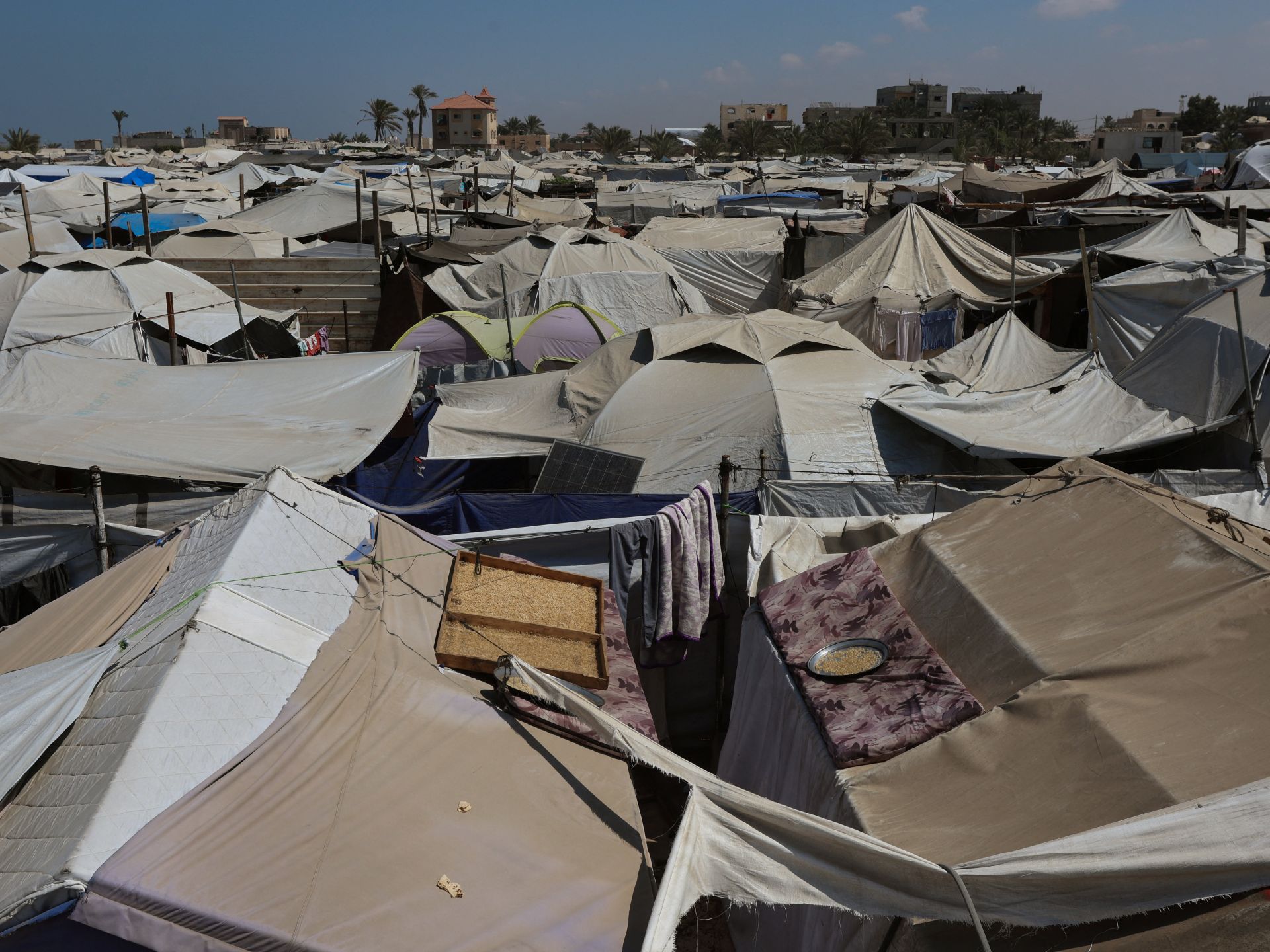I recently spent time in Saudi Arabia, Kuwait, and the UAE — my second trip to the region in 2025 — with local KKR colleagues, CEOs, CIOs, business executives, and investors. KKR has been on the ground in the region for over sixteen years, but the firm’s momentum certainly accelerated after the landmark 2019 ADNOC Oil Pipelines deal, which created a template for investment in the Middle East. That momentum has increased further still since the appointments of General David Petraeus (U.S. Army, Retired) as Chair of KKR Middle East and Julian Barratt-Due as head of our dedicated regional investment team, and with two transactions announced this year.
Ahead of my trip, Aidan Corcoran and other colleagues on the global macro team, in conjunction with our EMEA deal teams, conducted substantial preparatory work by revisiting the opportunity set in the region, focusing this trip on the countries sharing a political and economic union as part of the Gulf Cooperation Council (GCC). As detailed below, five key areas stood out:
1. There is a clear, shared push to diversify the region’s economies. Pro-growth policy frameworks — driven by focused and effective leadership — are helping to make that a reality, including a thoughtful approach to financial services. All told, the GCC markets now rank among the top five regions globally for IPO activity, with markets like the UAE showing meaningful gains in capitalization relative to GDP, signaling improving liquidity and broader investing options. We expect this dynamic to strengthen further as foreign ownership increases and corporate governance continues to improve. At the same time, GCC governments are doubling down on hospitality, real estate, healthcare, and digitalization. Importantly, these changes are occurring against a backdrop where current oil prices largely stay the same, underscoring our view that sound policy implementation — not higher commodity prices — holds the key to success, including attracting more foreign capital into the region.
2. The labor force in the region is changing – and for the better, but more can be done. Already, more women are joining the workforce, which is a tailwind. Consider that Saudi Arabia has driven a remarkable rise in women entering the workforce — from 18% in 2010 to 36% now, and likely to reach 40% ahead of 2030; however, there is also a need for more local worker training (and retraining). That said, during this transition period locals do have more access to high quality healthcare, Internet, and impressive public transportation than we see in other growth markets. Overall, we think more policies that encourage broad-based growth in financial services, technology, healthcare, and leisure/travel, for example, should also accelerate some of the positive momentum we believe can be unleashed in the region’s services economy.
3. The infrastructure opportunity is especially noteworthy, driven by sizable investment plans that will be needed to hit national strategic and economic goals across the region. We see upside across diversified PPPs, the energy transition, the digital economy, and broader corporate infrastructure, each strong areas for foreign capital deployment. In particular, low energy costs and ample land make this region appealing for the digital transformation we are seeing across key industries, including the reshaping of financial services as parts of the sector decentralize. Artificial intelligence is also a centerpiece of government leadership, a backing that we believe has already begun to pay handsome dividends.
4. However, more work is needed to attract foreign capital into the liquid capital markets. We believe more focus on improving external shareholder returns as well as offering securities and indices that are reflective of the region’s improving GDP-per-capita could significantly boost capital flows into the GCC states (Exhibit 1). Ultimately, we think these types of initiatives will be required to move investor mentality from valuing equities off dividend yields to price-to-earnings ratios.
5. On the private side, however, we believe the story is compelling for those who are willing to create a domestic presence as well as leverage their global footprint. Local national champions want foreign capital and their operational expertise to expand abroad, but — more importantly — they also want more foreign capital to help ‘right-size’ and improve existing local businesses as well as to increase investment behind rising GDP-per-capita stories. As such, we continue to believe the opportunity for global players with a local presence, particularly in Asset-Based Finance, Structured Credit Solutions, and Preferred Equity, is quite compelling. The reality is that the region has many attractive ‘hard assets’ with contracted revenue streams where traditional securitization technology can both unlock value for owners and expand the potential market for allocators of capital beyond what currently exists in the region, we believe.
Importantly, our latest trip only confirms our central thesis laid out earlier in March 2025 (see Thoughts From the Road: Europe and the Middle East) that the GCC region has transformed itself from ‘just’ a fundraising hub for global investors to one of domestic opportunity for global investors, especially on the infrastructure side. The region boasts strong structural GDP growth, liberalizing capital markets, and economic diversification. A pro-business philosophy, competitive taxes, low government leverage, and compelling demographics all serve as positive macro tailwinds for investors as well as companies targeting new markets for growth. Overall, our base view is that this region is potentially on track to challenge existing financial hubs, especially on the human talent front, such as Hong Kong, London, Dublin, and Singapore.
EXHIBIT 1: We Think Broadening of GCC Capital Markets Sectoral Composition May Be Warranted









